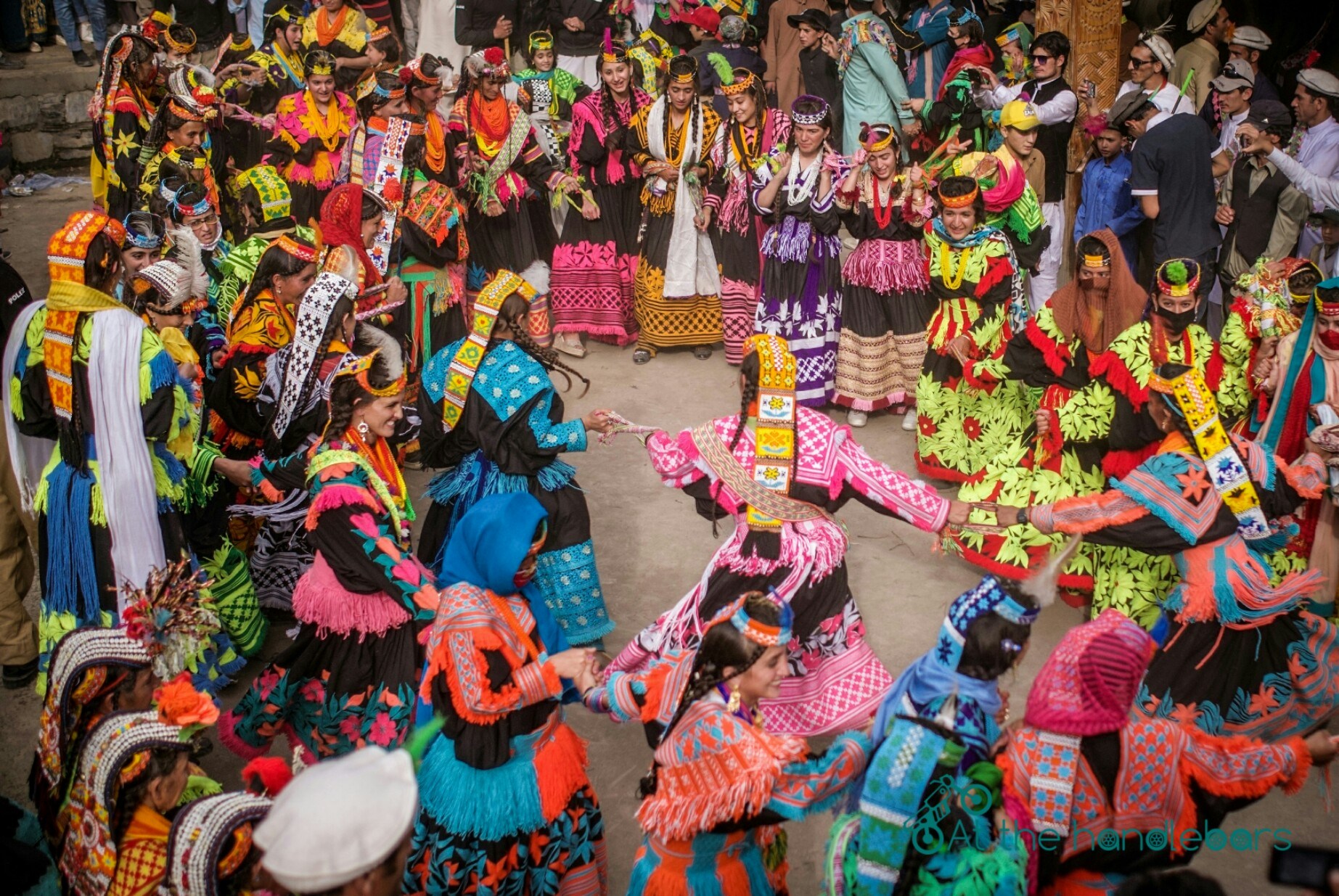Creativity serves as the engine behind both entertainment and education, transforming simple ideas into captivating experiences. In the realm of game design, this creativity is often inspired by the natural world—particularly animals—whose behaviors, characteristics, and survival strategies provide a rich source of inspiration. From ancient art to modern digital games, animals continue to influence how we craft engaging content that resonates on multiple levels.
Games frequently incorporate animal themes to boost engagement and educational value, creating immersive worlds where players learn about nature while enjoying strategic and puzzle-solving challenges. This seamless blend of education and entertainment exemplifies how deep-rooted our fascination with animals truly is, fostering curiosity and inspiring innovation across diverse media.
Table of Contents
- The Role of Animals as Inspiration in Artistic and Cultural Creativity
- Understanding Creativity Through Biological and Behavioral Traits of Animals
- Educational Significance of Animal-Inspired Creativity in Modern Media
- Case Study: Chicken Road 2 – An Animal-Themed Puzzle Game
- The Impact of Animal-Inspired Games on Creativity and Cognitive Skills
- Non-Obvious Perspectives: Ethical and Ecological Considerations in Animal-Inspired Creativity
- Conclusion: The Symbiotic Relationship Between Animals, Human Creativity, and Interactive Media
The Role of Animals as Inspiration in Artistic and Cultural Creativity
Throughout history, animals have played a vital role in inspiring art, music, folklore, and storytelling. Ancient cave paintings depict predators like lions and bison, illustrating humanity’s fascination with the animal kingdom. In medieval heraldry, animals such as lions, eagles, and bears symbolize strength, courage, and nobility. These representations serve as cultural symbols that embed animal traits into our collective consciousness.
Animal behavior and characteristics often stimulate imaginative thinking. For instance, the agility of a fox or the resilience of a turtle inspire stories of cleverness and perseverance. Such traits are not only reflected in classical art but also influence modern media, including films, literature, and digital games.
A notable example is the album cover of The Beatles’ “Abbey Road,” which features animals and natural themes that evoke a sense of harmony and meditative calm. This cultural artifact demonstrates how animals can symbolize broader societal and spiritual ideas, inspiring artists and audiences alike to find meaning through their attributes.
Understanding Creativity Through Biological and Behavioral Traits of Animals
Animals exhibit remarkable adaptability and problem-solving skills, traits that serve as models for human creativity. For example, crows are known for their tool use and strategic planning, challenging the perception of avian intelligence. Such behaviors demonstrate innovative problem-solving that can inspire game mechanics and narrative design in digital media.
Research shows that animal intelligence influences how game developers craft mechanics and stories. The use of animal instincts—such as a predator’s stealth or a herd’s cooperative defense—can be translated into gameplay elements that encourage players to think critically and adapt strategies dynamically.
| Animal Behavior | Game Design Inspiration |
|---|---|
| Tool Use (Crows) | Puzzle Mechanics |
| Migration Patterns (Birds) | Navigation Challenges |
| Cooperative Defense (Ants) | Team Strategies |
Educational Significance of Animal-Inspired Creativity in Modern Media
Modern media leverages animal themes to foster curiosity and promote learning. Educational content often uses animal characters or behaviors to explain complex concepts, making them accessible and engaging for learners of all ages. For example, animated series and interactive apps incorporate animals to demonstrate ecological relationships, adaptation, and survival strategies.
Incorporating real-world examples, such as the fines for jaywalking in California, can be used to illustrate societal behaviors inspired by instinctual animal patterns—like the cautious crossing of a busy street mimicking animal vigilance. Such connections help learners understand how biological principles influence human behavior and societal norms.
Games like go on exemplify this educational approach by teaching strategic thinking and resource management through animal characters, demonstrating that playful learning can be both fun and meaningful.
Case Study: Chicken Road 2 – An Animal-Themed Puzzle Game
Chicken Road 2 is a modern puzzle game that employs animal characters—mainly chickens and other farm animals—to create engaging gameplay mechanics. Players must navigate through pathways, gather resources, and solve puzzles based on the behaviors and instincts of these animals.
The game exemplifies how animal traits can be creatively used to enhance user engagement. For instance, chickens’ instinct to find safety from predators influences the game’s obstacle placement and strategic choices, encouraging players to think ahead and plan their moves carefully.
This approach not only makes the gameplay more intuitive but also subtly introduces players to real animal behaviors and problem-solving strategies, demonstrating the timeless relevance of animal-inspired design.
The Impact of Animal-Inspired Games on Creativity and Cognitive Skills
Games like Chicken Road 2 develop critical cognitive skills such as strategic thinking, pattern recognition, and planning. By mimicking animal behaviors, these games foster an understanding of adaptive strategies necessary for survival, which can be translated into real-world problem-solving abilities.
Animal characters also enhance emotional engagement, motivating players to persist through challenges. The appeal of such characters is evident in popular titles like Temple Run, which has been downloaded over 1 billion times. Its success underscores the widespread attraction to animal-inspired design, driven by the innate human fascination with nature and animal traits.
“Animal-inspired games serve as a bridge between education and entertainment, fostering skills that are vital for creative problem-solving in the real world.”
Non-Obvious Perspectives: Ethical and Ecological Considerations in Animal-Inspired Creativity
While animal-inspired creativity offers numerous educational and entertainment benefits, it is crucial to respect how animals are represented. Stereotyping or misrepresenting species can lead to misconceptions and diminish the respect owed to real animals. Ethical considerations should guide how animals are portrayed, ensuring that their depiction fosters understanding rather than distortion.
Moreover, integrating ecological themes into creative works can promote conservation awareness. For example, game narratives that highlight habitat preservation or species protection encourage players to develop empathy and environmental responsibility. Creative works can thus serve as powerful tools for ecological education, inspiring action through storytelling and gameplay.
Conclusion: The Symbiotic Relationship Between Animals, Human Creativity, and Interactive Media
Animals have been a continuous source of inspiration for human creativity, shaping art, culture, and modern entertainment. Their traits—adaptability, intelligence, social behaviors—offer a blueprint for innovative design and educational content. As exemplified by games like go on, contemporary interactive media embody timeless principles rooted in our natural fascination with animals.
This evolving relationship encourages designers and educators to explore new ways of integrating animal-inspired traits into engaging, meaningful experiences. Future innovations hold the promise of fostering not only entertainment but also empathy, ecological awareness, and cognitive development—proving that the bond between animals and human creativity remains as vital today as it was in ancient times.
“The natural world continues to be our greatest muse, guiding us toward more creative, ethical, and impactful expressions.”
























